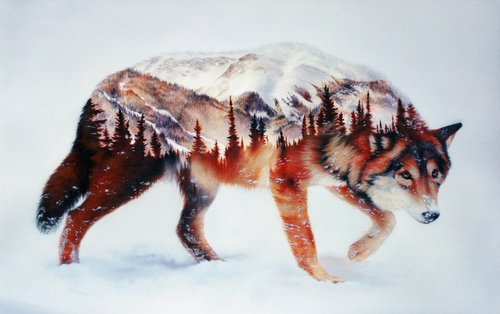Call of the Wild
By Thornton W. Blease
_ Jack London, The Call of the Wild
“The Call of the Wild” is synonymous with the call of the wolf. The title of Jack London’s book brings forth an image in our imaginations. The moon, perhaps a Harvest Moon, is bright in the dark sky. All you can hear is the crunch of your own footsteps. Suddenly, the stillness is broken by the cries of howling wolves. They echo around you in the distance. At one time there were over two million grey wolves in North America alone. Today there are barely 300,000 worldwide. In many places where they used to live, you’ll only hear silence because they are gone. Silence is not golden.
I was very shocked to learn that Norway has only 68 wolves left in their country, and the last wolf was shot in Denmark in 1813. In Norway, as in many countries, the wolf population is protected. Yet, in 2016 Norway had planned to eliminate twothirds of its population before the solution to offer compensation to farmers for livestock damage.
Farmers raising livestock such as cows and sheep blame wolves for their disappearing farm animals. Even though evidence has illuminated that wolves killing farmer’s stock is rare, farmers often kill the whole pack. They don’t want to take any chances. What is sad for the wolf (and us) is that this long-feared animal once was our closest domestic partner. Without this partnership, dogs would not have branched off 15,000 to 40,000 years ago and became one of man’s best friends. Cocker Spaniels and Cairn Terriers may not look the part, but if you trace the lineages far back enough in time, all dogs are descended from wolves. There are many other reasons, but for this reason alone, I’ll argue that we owe the wolf species protection.


